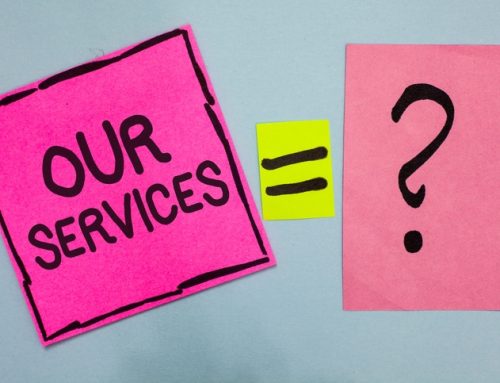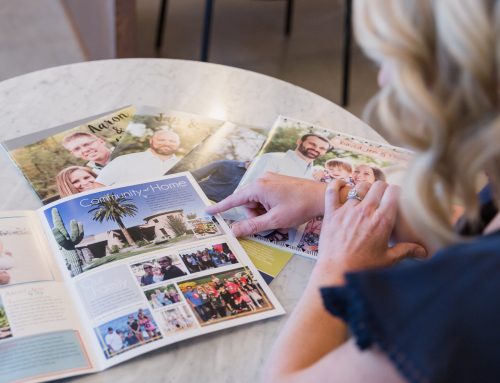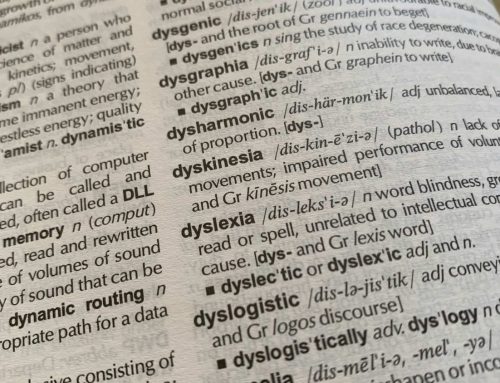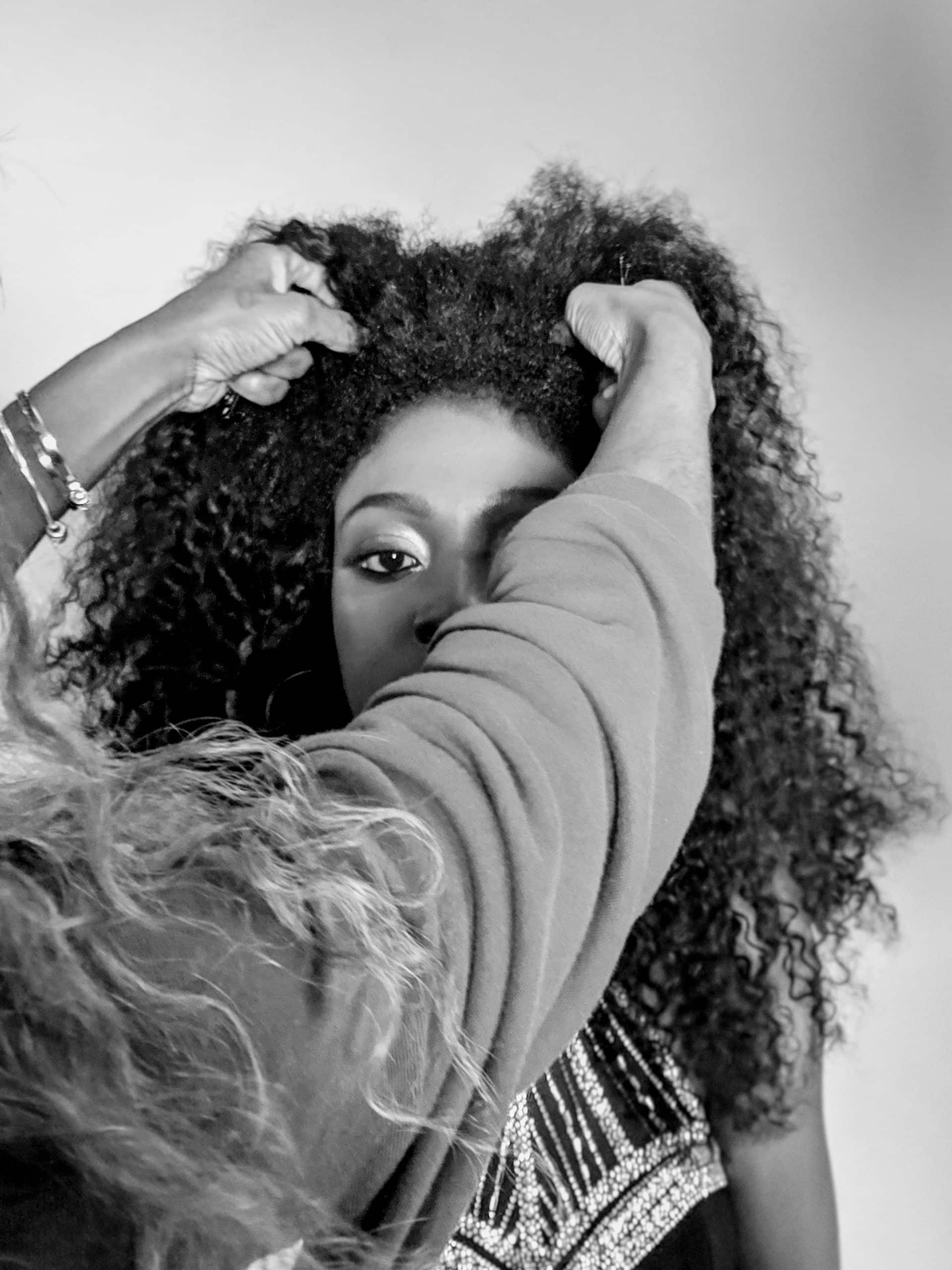
A guest blogger who is the White adoptive mother of a Black daughter shares with us today about the importance of Black hair care and why it is nonnegotiable to learn more about this vital piece of adopting a child of color. She believes every White family considering transracial adoption needs to understand and consider this aspect of transracial adoption to be better prepared. She also includes details on her own daughter’s hair care, so that we can all understand this subject better.
—-
Hair. I never imagined i’d be talking about hair as often as I do now. I was never a “girly-girl” who was into different hair styles for myself or even into makeup as a newly budded teenager. And yet, here I am with not one, but TWO beautiful daughters…and one of my daughters is exquisitely Black. Before fostering or adopting, I had already heard from friends about how important hair is in most African-American communities. Hair can be a fierce source of pride and beauty. It can also be a source of great sensitivity. How many men and women choose to style their hair is an absolute work of art.
I was inspired to write this post after seeing another White adoptive mother out and about with her Black child. The kid’s hair was matted and tangled, clearly over-washed and breaking on the ends. It took everything in me not to walk up and hand this lady my barber’s number. But I never want to shame anyone. Especially since I too had once been naive about Black hair. We all have our weaknesses as parents and no one needs another person confronting them on it. But for White folks who are looking to or open to adopt a Black child: learning about hair care is a nonnegotiable. You can’t just overlook this. Taking care of your child’s hair greatly impacts the child’s physical appearance and their confidence being in their own body (although I need to say this repeatedly: I cannot and will not speak for any Black person, and not all people who are Black feel this way about their children’s hair. All I know is what I have read and what I have learned from Black friends in our lives). Growing up in a transracial home is already physically identifying. But having hair that is not well taken care of is also a red flag that White parents are not connected with Black culture or to the specific care required by Black hair. Now, there are different hair types and textures, and certain textures don’t require as much daily maintenance. But EVERY child’s hair, regardless of the texture, needs attention.
There are many amazing Youtubers’ out there with specific channels dedicated to Black hair care. In fact, many of them are how I learned how to style my daughter’s hair. These are my two favorite hair channels:
1. Sekora and Sefari Hair Channel
2. Elle P Stewart Daily Moisture Routine
There are also basic books and blogs like “Chocolate Hair, Vanilla Care,” with helpful infographics on styling and protecting. But for the purposes of this post, I was asked to share a basic outline of my daughter’s hair care routine, so parents can get a little glimpse into what is required. I will preface this with: not every parent has this kind of hair routine for their child. This is not the standard for everyone. But as a white mother, I feel extra motivated to care for my daughter’s hair and to make sure it looks amazing each and every time we leave our home. For many Black people looking in, the condition a child’s hair and skin is in when they leave home, speaks volumes about their care. OF COURSE a child’s hair care certainly isn’t a direct correlation with abuse or neglect. But in many cultures, hair care does indicate a child’s care at home. White parents hear me, you have to understand that loving your child, includes loving every part of their physical and emotional identity. Hair care is a big part of that.

A guest blogger who is the White adoptive mother of a Black daughter shares with us today about the importance of Black hair care and why it is nonnegotiable to learn more about this vital piece of adopting a child of color. She believes every White family considering transracial adoption needs to understand and consider this aspect of transracial adoption to be better prepared. She also includes details on her own daughter’s hair care, so that we can all understand this subject better.
—-
Hair. I never imagined i’d be talking about hair as often as I do now. I was never a “girly-girl” who was into different hair styles for myself or even into makeup as a newly budded teenager. And yet, here I am with not one, but TWO beautiful daughters…and one of my daughters is exquisitely Black. Before fostering or adopting, I had already heard from friends about how important hair is in most African-American communities. Hair can be a fierce source of pride and beauty. It can also be a source of great sensitivity. How many men and women choose to style their hair is an absolute work of art.
I was inspired to write this post after seeing another White adoptive mother out and about with her Black child. The kid’s hair was matted and tangled, clearly over-washed and breaking on the ends. It took everything in me not to walk up and hand this lady my barber’s number. But I never want to shame anyone. Especially since I too had once been naive about Black hair. We all have our weaknesses as parents and no one needs another person confronting them on it. But for White folks who are looking to or open to adopt a Black child: learning about hair care is a nonnegotiable. You can’t just overlook this. Taking care of your child’s hair greatly impacts the child’s physical appearance and their confidence being in their own body (although I need to say this repeatedly: I cannot and will not speak for any Black person, and not all people who are Black feel this way about their children’s hair. All I know is what I have read and what I have learned from Black friends in our lives). Growing up in a transracial home is already physically identifying. But having hair that is not well taken care of is also a red flag that White parents are not connected with Black culture or to the specific care required by Black hair. Now, there are different hair types and textures, and certain textures don’t require as much daily maintenance. But EVERY child’s hair, regardless of the texture, needs attention.
There are many amazing Youtubers’ out there with specific channels dedicated to Black hair care. In fact, many of them are how I learned how to style my daughter’s hair. These are my two favorite hair channels:
1. Sekora and Sefari Hair Channel
2. Elle P Stewart Daily Moisture Routine
There are also basic books and blogs like “Chocolate Hair, Vanilla Care,” with helpful infographics on styling and protecting. But for the purposes of this post, I was asked to share a basic outline of my daughter’s hair care routine, so parents can get a little glimpse into what is required. I will preface this with: not every parent has this kind of hair routine for their child. This is not the standard for everyone. But as a white mother, I feel extra motivated to care for my daughter’s hair and to make sure it looks amazing each and every time we leave our home. For many Black people looking in, the condition a child’s hair and skin is in when they leave home, speaks volumes about their care. OF COURSE a child’s hair care certainly isn’t a direct correlation with abuse or neglect. But in many cultures, hair care does indicate a child’s care at home. White parents hear me, you have to understand that loving your child, includes loving every part of their physical and emotional identity. Hair care is a big part of that.

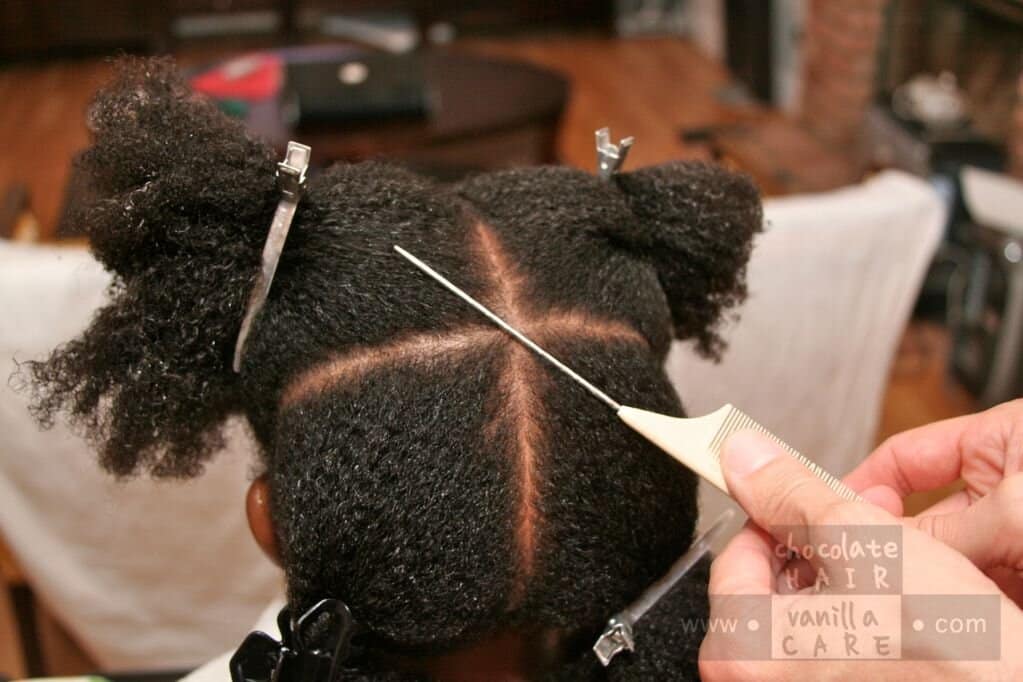
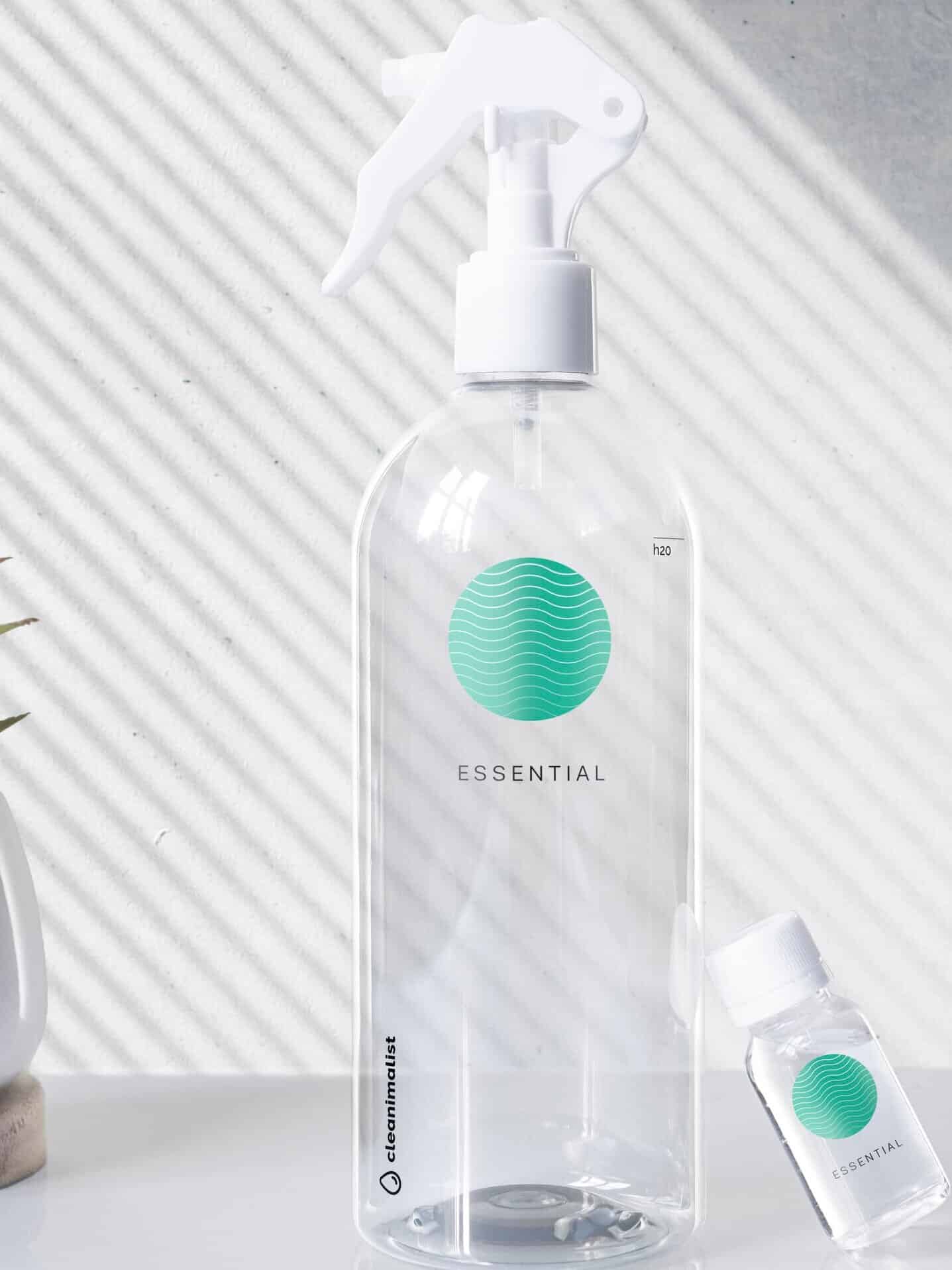
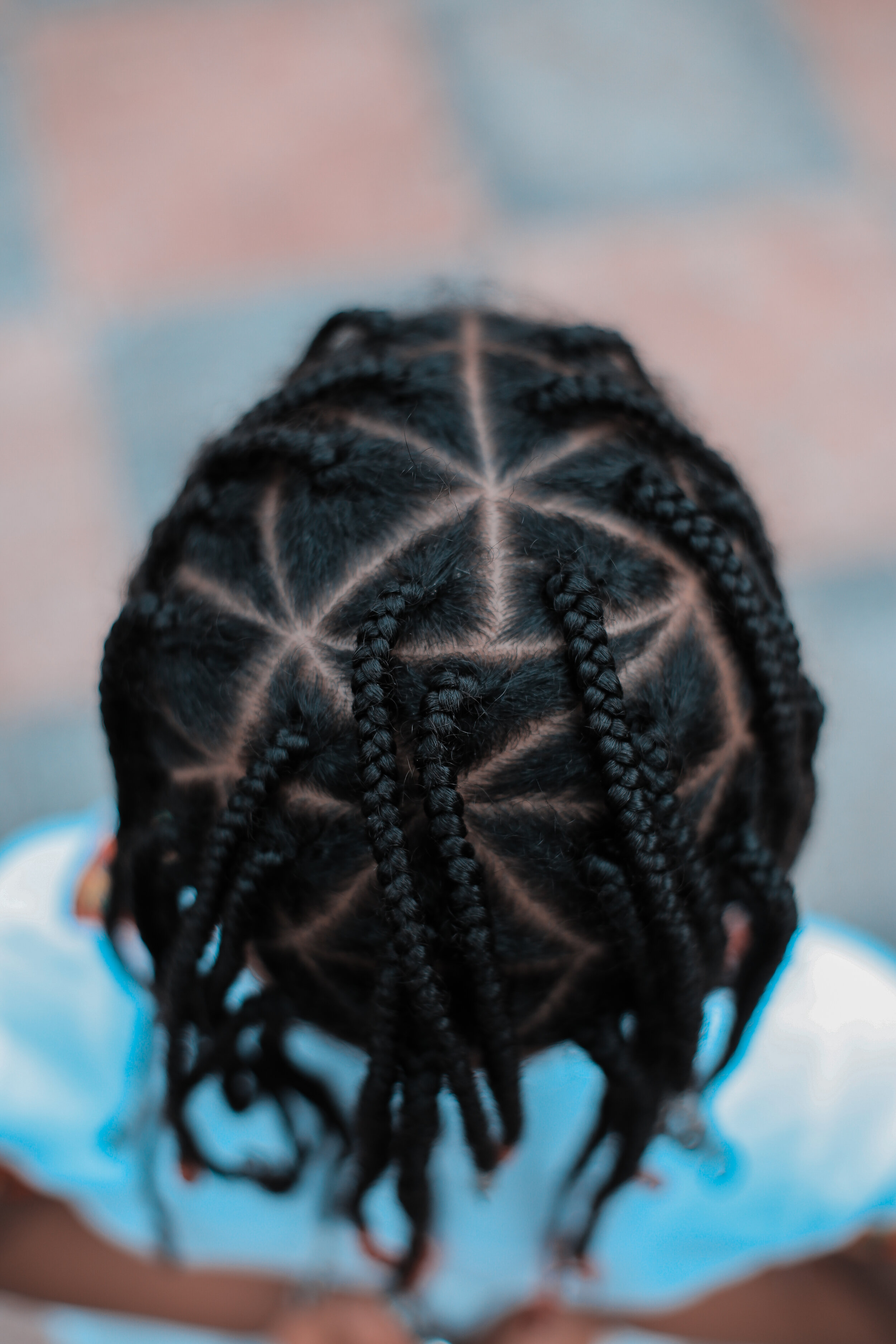 The photo above is one of our go-to protective hair styles, as it protects the ends of my daughter’s hair and it can stay well kept for a week or so. Even though it is styled, I still spray down her hair daily with the olive oil and water mixture, just to give her hair a bit of moisture. I’ll also use her
The photo above is one of our go-to protective hair styles, as it protects the ends of my daughter’s hair and it can stay well kept for a week or so. Even though it is styled, I still spray down her hair daily with the olive oil and water mixture, just to give her hair a bit of moisture. I’ll also use her 